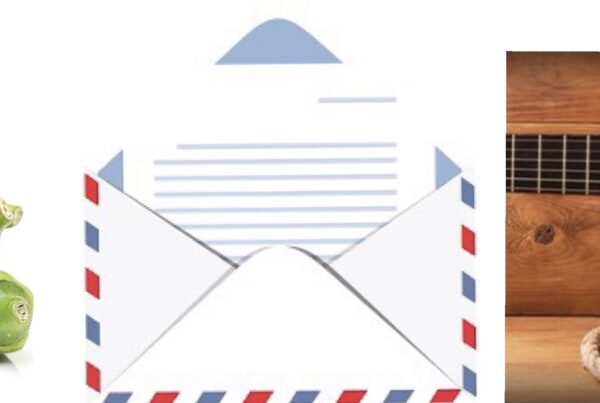One way to move donors down the donor pipeline is to speak with them about making a pledge. Pledges are a great way to create sustained and predictable revenue for your organization. It allows you to turn a $1,000 annual gift to a $5,000 booked pledge. You then steward that pledge well over the next five years, and the donor will either be ready to make a larger gift when it concludes, or they may give extra annual gifts as they are paying it off. Either way, especially for smaller nonprofits, a multi-year pledge in the major gift category can make a big difference for your organization.
This blog post provides a few tips for how you can work with donors who are considering a pledge.
First, as always, you want to find the right donors.
This will provide the majority of your success in closing a pledge – as in nearly every other fundraising category. If you want to land major gifts, find good major gift donors. If you want to land planned gifts, find good planned gift donors. If you want to increase annual giving or the number of donors who make pledges, find the donors who fit into those categories.
The best pledge-making donors are the ones who are at least making $1,000 annual gifts. Anything less than $1,000 is probably not worth the effort of booking the pledge and keeping up with that pledge over the next few years.
So of course, to find these donors simply start with donors who have made $1,000 annual gifts in previous years. If they have done so over multiple years, even better. If you have donors who have made $5,000 or $10,000+ annual gifts, even, even better!
Second, also like other activities, you want to speak about this topic with the donor in a conversational manner.
I always encourage my clients not to transactionalize their relationships with donors. Your donors are people. They are free and have agency. They’re not a means to achieving your end. They are partners in the work of achieving the mission you both care about.
So approach this conversation as a conversation. You will of course need to invite that donor to the conversation. Check out this blog post for some tips on how to land visits.
Once you get to the visit, you will want to begin with good stewardship.
I encourage my clients to perform four activities during their visit: give the donor an emotional hug, build the donor’s trust in your organization, make sure the donor remains comfortable throughout, and approach the ask as a conversation.
You will likely engage in this particular conversation with the donor towards the end of your visit. That’s my style anyway. It will of course depend on who the donor is. You will approach a visit with a working lawyer much different than you will approach a visit with a retired grandmother. But if things go as planned, and the conversation is natural, you will pass the second half mark and transition to a conversation about giving.
I always approach a pledge conversation directly, but I ask permission. “Mrs. Smith, can I talk to you about your giving?”
The donor will nearly always say yes. They may offer what my college professor called a “preemptive strike” and tell you right off the bat that they can’t give any more than they have, that they’ve been going through a major business transition, that they need to pay for their grandchildren to go through college, etc. But usually, they will say yes.
When they do, you will always begin with thanks. “First of all, Mrs. Smith, I want to begin by saying thank you. You have been a generous donor to our organization for X years, and we are grateful for your kind partnership.”
Then you will transition to a conversation about their pledge. As with any ask, you want to do your best to attach this ask to something tangible. You don’t have to ask the donor to support a particular project. Unrestricted gifts are always most desirable. But do your best to attach your ask to something tangible, a reason to ask them to make the pledge.
Some tangible phrases I’ve used…
- “We are looking for 100 donors to make a $100,000 pledge.”
- “Making a pledge helps give us financial security. Our leadership looks at upcoming pledges and is able to predict our annual revenue – which helps them know how many programs they can implement in the coming years.”
- “The pledges on our books assist in things like reporting or grant applications, audits, and accreditation reporting.”
- “A pledge of $25,000 covers a full semester of studies for one of our lower-income students.”
You will then remind the donor of how much they’ve given in the past and speak to them about increasing this amount. “Mrs. Smith, you have given us $10,000 per year for the last three years. That’s $30,000. Would you consider increasing your annual gift and making a three-year pledge of $45,000?”
The donor will let you know what they can do. In fact, they will have signaled to you their openness to this conversation with their responses to your previous comments.
If the donor responds positively, you will then ask if you can send them a pledge document to sign and return, documenting their intentions. You can again speak about the benefit this provides the organization, giving the board and your finance team the ability to know what kind of revenue they can expect in coming years.
If the donor responds negatively, don’t stress. And don’t try to force anything on them. You did your part. You asked. They said no. Now make sure they leave having had a good experience with you so they will meet with you again in the future. Don’t fall into the trap of transactionalizing the relationship. Keep it authentic. It’s more human of you. And it will pay better dividends in the future.




